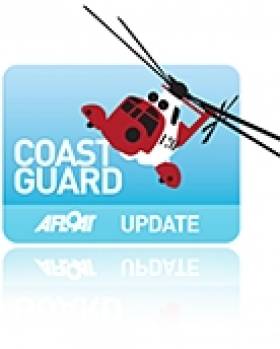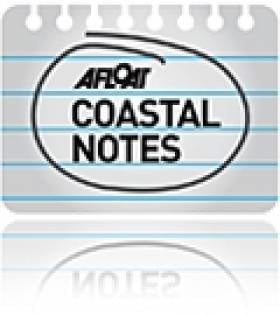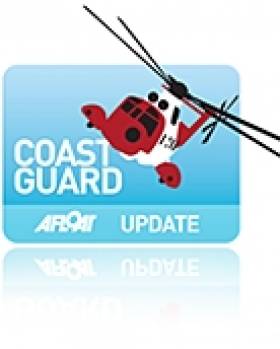Displaying items by tag: coastguard station
Go-Ahead for Killybegs Coastguard Station
#COASTGUARD - The Office of Public Works has given the go-ahead to a long-awaited new coastguard station for Killybegs, the Donegal Democrat reports.
The multi-million-euro three-storey station - replacing the current 20-year-old building, which is deemed no longer suitable to demands - will be constructed at the Rough Point and will include a boat house and pollution control centre.
The Irish Coast Guard unit at Killybegs has 25 volunteer members, and also operates as a mountain and cliff rescue service. The unit serves one of Ireland's busiest ports.
The Donegal Democrat has more on the story HERE.
The Old Coastguard Station Could Be Your Dream Home
Ever dreamt of owning your own coastguard station? Now you have the chance!
The Old Coastguard Station in Dromard, Co Sligo is an historic five-bedroom property on seven acres with 1,000ft of sea frontage and stunning views across Sligo Bay, on the market for €2,175,000.
Within, the preserved stone building - which dates from 1873 - has been refurbished as bright and spacious accomodation, with all internal woodwork in solid light oak.
Rooms are spread over two levels, comprising three reception rooms, a study, an office, library and the watchtower, as well as five bedrooms (for en suite), five bathrooms, the kitchen, utility room, pantry and other rooms once used for storing equipment and munitions during the building's former life.
The front of the property hosts a split-level lawn enclosed by stone walls and shrubbery to give protection from the elements. At the rear is a 300sqm sheltered courtyard with an original freshwater well and a number of modernised outbuildings, such as garages and a greenhouse.
The property also comes with its original boathouse and slipway to a small sandy beach.
Prospective owners can stay connected with full broadband and landline service, while the internet-accessible CCTV system will give extra peace of mind.
The Old Coastguard Station is located south of Ballisadare Bay just five minutes from Beltra and 18 minutes from Sligo town in an area known for its top-class golf courses and fishing spots. Yachtsmen especially will be pleased to know that Sligo Yacht Club is just a short sail away.
More details including photos are available from Waterside Properties and Knight Frank Estate Agents.
Dublin Bay Prawn Festival Heads for Howth
A Sampi trail will be held in various pubs and hotels on the Friday night starting at 7pm, no booking is required. On the Saturday afternoon there is a Prawn Shelling Competition starting at 2.30pm.
Howth Yacht Club will open its doors to public viewing on the Saturday and the Howth Coastguard Station (West Pier) will also be open on that day too in addition to the Sunday. The West Pier is also to host a Fishing Techniques demonstration on Sunday at 3pm.
On the mornings of Saturday and Sunday a self-guided walk from Howth to up to Howth Hill taking up to two hours will meet at The Courthouse at 10am. The walk which is to be pre-booked and registered online is also suitable for families. The route is weather dependant and will follow one of the four looped walks.
The Irish Seal Sactuary will be offering a seal watching tour and harbour walks guided by volunteers on the Saturday and Sunday. An information stand will be made available for more details click www.irishsealsanctuary.ie
Throughout the weekend there will be all day events which include island boat / eco tour trips and the National Transport Musuem, noting that these activities will be charged. It should be noted that festival programme is provisional and is subject to change.
For more information about the full festival programme logon HERE and by contacting Howth Tourist Office on 01 8396955 and by email: [email protected]
Go Ahead for New Doolin Coastguard Station
Clare County Council granted planning permission for a €1.9 million coastguard station at Doolin. The new station will have capacity for three boats will be one of the biggest of its kind in Ireland. More from the Clare People HERE.

































































